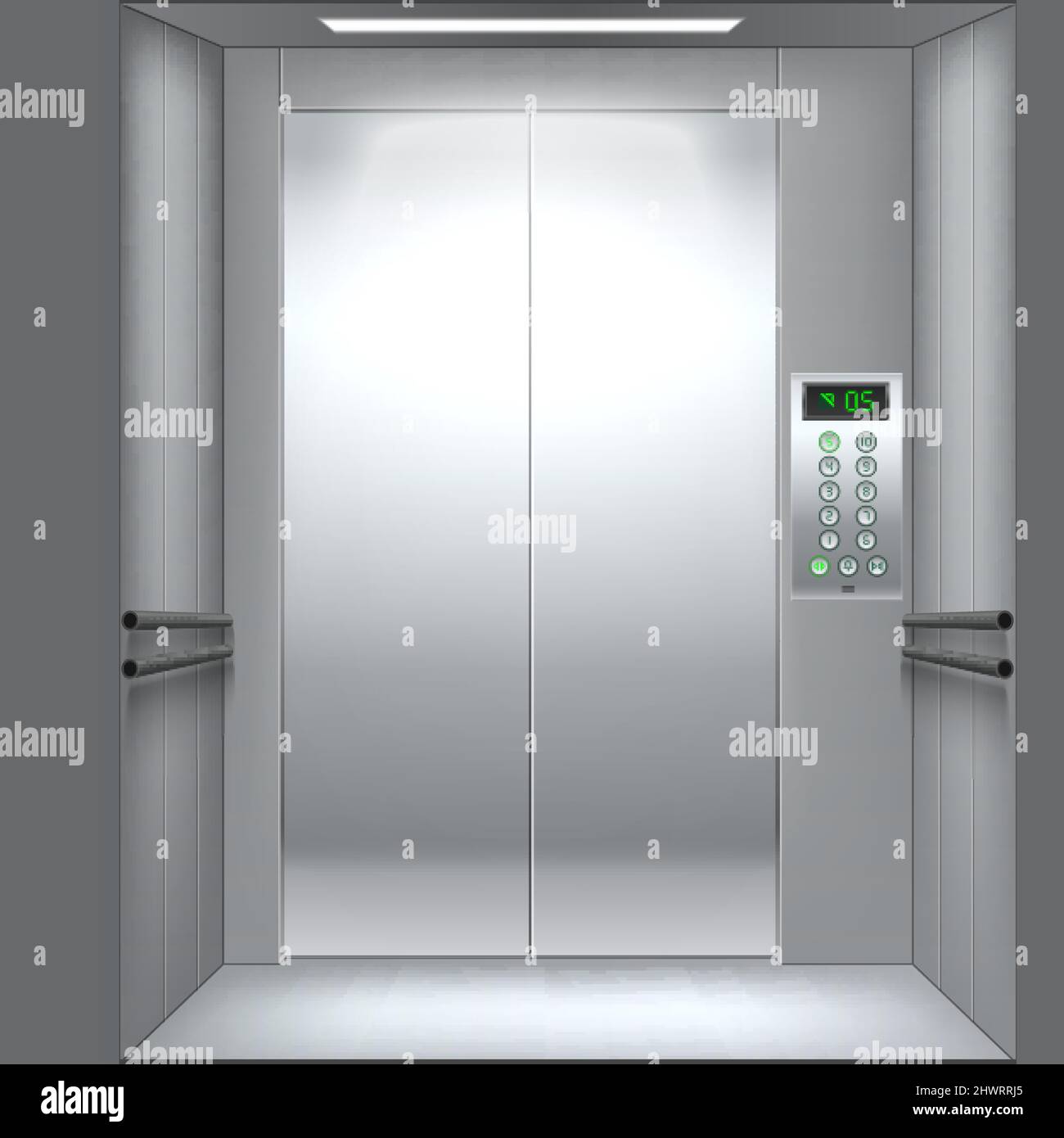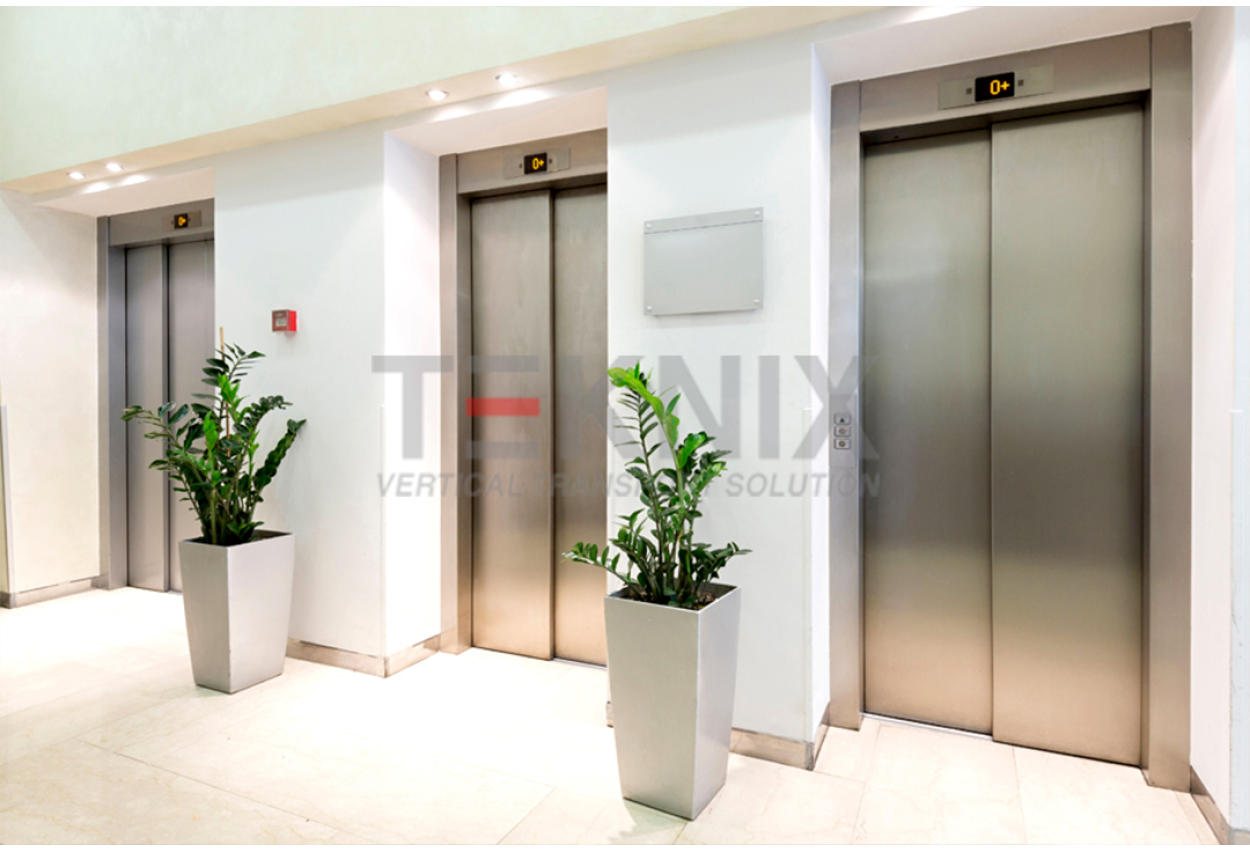We Maintain Lifts to the Highest Possible Standards: Reliable Solution for All Lift Kind
We Maintain Lifts to the Highest Possible Standards: Reliable Solution for All Lift Kind
Blog Article
Digging Into the Globe of Lifts: Usual Concerns Dealt With by Various Lift Mechanisms
As we browse with the vertical transportation systems of modern-day buildings, lifts attract attention as an essential component of our day-to-days live. Nevertheless, behind their seamless procedure lies a globe of complex mechanisms that can sometimes run into difficulties. From hydraulic elevators to grip systems and machine-room-less designs, each lift kind comes with its collection of typical issues. Comprehending these challenges is critical for making sure the smooth functioning of these essential systems. Let's discover the complexities that underlie the procedure of elevators and the possible issues that can develop, shedding light on the detailed web of lift devices.
Hydraulic Lifts
Hydraulic elevators, commonly preferred for low-rise buildings, make use of fluid pressure to regulate the movement of the elevator auto (lift repair companies). This mechanism includes a hydraulic pump pressing oil right into a cylinder, triggering the lift to relocate in the desired direction. While hydraulic lifts are recognized for their smooth and quiet procedure, they do feature their own set of typical problems
One widespread problem with hydraulic elevators is oil leakage. The seals in the hydraulic system can wear with time, leading to oil seepage. If left unaddressed, this not just produces a mess yet can additionally influence the lift's performance. Additionally, issues with the control system, such as defective valves or a malfunctioning pump, can trigger interruptions in the lift's activity.
Normal upkeep and timely repair work are vital to guarantee the smooth functioning of hydraulic elevators. By addressing these common issues proactively, building proprietors can decrease downtime and ensure the safety and security and performance of their upright transportation system.
Grip Lifts
When taking into consideration upright transportation systems in buildings, another usual type aside from hydraulic lifts is the grip elevator. Traction lifts run utilizing a system of ropes and counterweights that relocate the elevator vehicle by gripping onto the hoist ropes. This device permits smoother and quicker vertical transport compared to hydraulic systems.
One of the usual problems faced by grip elevators is rope wear. The constant activity of the ropes within the traction system can lead to tear and use over time, possibly triggering the lift to breakdown or become harmful for use. Regular assessments and maintenance of the ropes are vital to make sure the elevator's correct functioning and safety and security.
One more concern that traction lifts may run into is connected to the control system. Troubles with the control system can cause issues such as unpredictable activity, delays in feedback times, and even full shutdowns. Routine screening and maintenance of the control system are critical to stop such concerns and guarantee the lift's reliability.
Machine-Room-Less (MRL) Elevators

Among the vital elements of MRL elevators is the compact gearless grip maker that is set up within the hoistway. This device effectively drives the lift vehicle without the requirement for cumbersome equipment discovered in conventional traction elevators. In addition, MRL lifts normally utilize a counterweight system to stabilize the automobile, further boosting their energy efficiency.
In spite of their benefits, MRL elevators might face obstacles connected to repair and maintenance because of the confined area for tools installation. Access for servicing components within the shaft can be restricted, calling for specialized training for service technicians. Correct maintenance routines and normal inspections are vital to ensure the continued smooth operation of MRL lifts.
Overloading and Weight Limit Issues
Are elevators furnished to take care of excess weight loads effectively and securely? Straining and weight limit issues are important problems in elevator operations. Elevator makers style raises with specific weight capacities to guarantee traveler safety and security and tools long life. Exceeding these weight limits can bring about various problems, including mechanical failures, delays, and safety risks.
When lifts are overwhelmed, it puts excessive strain on the motor, cables, and various other parts, possibly triggering break downs or malfunctions. If they find excess disabled platform lifts prices uk weight, security devices such as sensors and overload sensing units are in location to avoid elevators from relocating. Furthermore, exceeding weight restrictions can bring about boosted energy intake and deterioration on the elevator system.
To minimize overwhelming issues, building supervisors ought to plainly show weight limits in lifts and inform occupants on the value of adhering to these constraints - lift repair companies. Routine upkeep checks by qualified specialists can additionally assist ensure that lifts are running within risk-free weight criteria. By dealing with overloading and weight limit issues proactively, structure proprietors can enhance lift security and effectiveness
Electrical System Failures
Exceeding weight limitations in lifts can not only bring about mechanical problems yet also possibly add to electrical system failings within the lift infrastructure. Electrical system failings are an important concern in elevator procedure, as they can cause unforeseen closures, malfunctions, or even safety and security hazards. One typical electric issue is the overheating of elements as a result of excessive present circulation brought on by overloading the elevator past its ability. This can lead to damage to the control, motor, or electrical wiring systems, causing pricey repair work and downtime.
Moreover, power surges or fluctuations in the electrical supply can also disrupt the elevator's procedure, influencing its efficiency and safety and security. These electric disruptions can harm delicate elevator elements such as control panels, circuit card, or sensors, causing system failings. Routine maintenance and assessments are vital to recognize and resolve possible electrical issues promptly, ensuring the risk-free and effective operation of lift systems. By adhering to weight limitations and carrying out routine electric system checks, building owners can minimize the danger of electrical failings in lifts.
Final Thought

Hydraulic lifts, typically liked for low-rise buildings, make use of fluid stress to control the movement of the lift cars and truck.When thinking about vertical transportation systems in structures, an additional typical type apart from hydraulic lifts is the traction lift. Traction elevators run making use of a system of ropes and weights that relocate the london lift company elevator auto by grasping onto the hoist ropes. Unlike conventional lifts that call for a separate machine area to house the devices, MRL elevators incorporate most of the parts within the shaft, getting rid of the requirement for a dedicated equipment area.In conclusion, elevators encounter typical issues such as hydraulic breakdowns, traction system failings, and electrical system issues.
Report this page